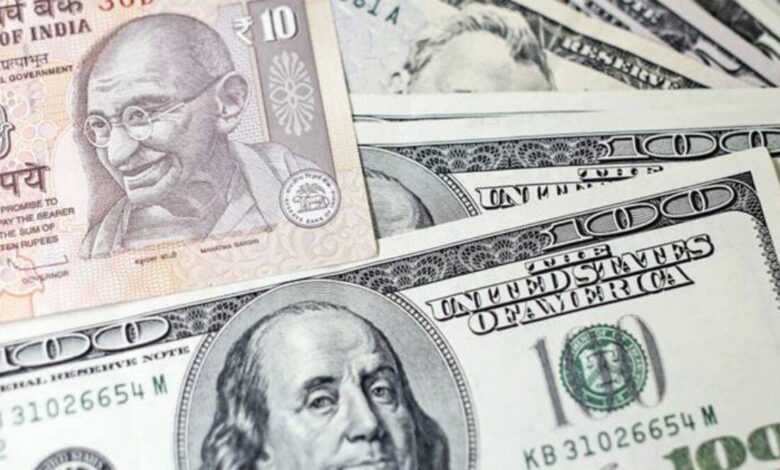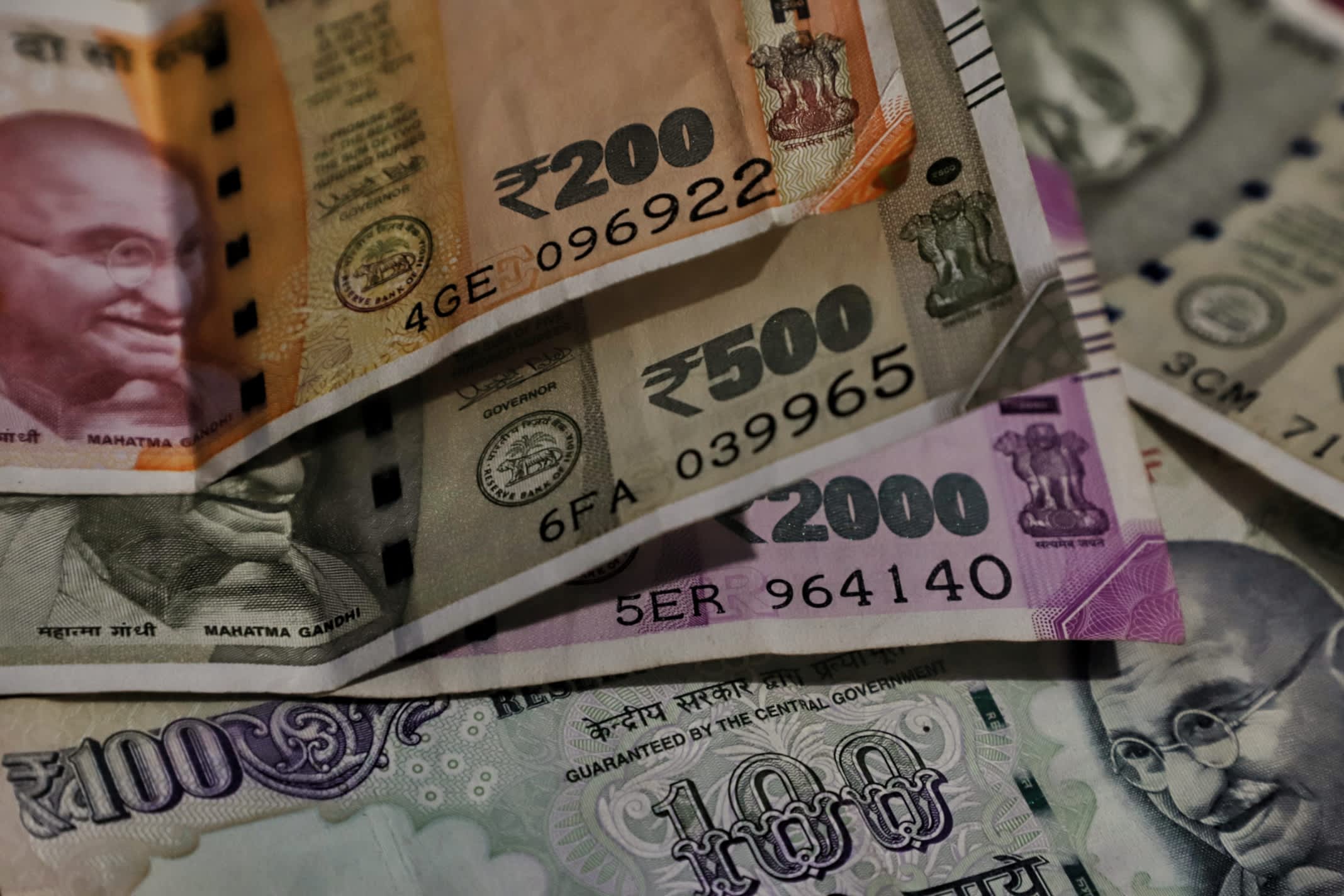Is the decrement of the Indian rupee against the US dollar recovering?

In opening trade on Friday, the rupee strengthened 6 paise to 79.86 against the dollar, supported by foreign fund inflows and a strong trend in local stocks.
The local unit started at 79.87 against the dollar on the interbank forex, but with time it increased to reaching 79.86, gaining 6 paise from its last close.
Following the lead of its regional rivals and the upward trend in domestic equities, the rupee rebounded from its all-time low of 80.05 to close 6 paise higher at 79.92 (provisional).
The local currency depreciated more against the dollar at the interbank forex market, starting lower at 80.00, and reaching an intraday low of 80.05.
After recovering its losses, the local unit finished at 79.92, up 6 pence from its previous level.

Reason for the rupee depreciating against the dollar?
Supply and demand determine the value of the Indian rupee to the US dollar. When demand for US dollars rises, the value of the Indian rupee falls, and the opposite can happen too.
If a country imports more than it exports, there will be more demand for the dollar and that will result in the local currency, losing value in part to the dollar.
The strong dollar outside, the expensive fuel oil, and capital outflows from abroad are now the main factors contributing to the rupee’s depreciation.
The dollar increased to its highest level in ten years during the first half of 2022 because of different geopolitical disputes and the Russia-Ukraine war. Since the outbreak of the Ukrainian crisis and the coming increase in fuel oil prices, the rupee has been steadily losing value against the dollar.
The rupee’s decline raises concerns, given the country’s persistent struggles with high inflation and weak development.

Nirmala Sitharaman, the finance minister, mentioned the Russian-Ukrainian conflict, rising fuel oil prices, etc. are the main causes of the decline against the dollar. She went on to say that since the British pound, the Japanese yen, and the euro have all reduced more than the Indian rupee, the Indian rupee will strengthen against these currencies in 2022.
The rupee loses its value by leaving India, which affects how much it is worth to the US dollar. This depreciation puts major pressure on the already high import prices for fuel oil and raw commodities and affects manufacturing costs, import inflation, and retail inflation.
The dollar achieved a stronger return than those in developing countries like India because of the US Federal Reserve’s recent hike in interest rates. The US Federal Reserve may increase interest rates sooner than expected, which would be horrible news for the Indian rupee.

What will be the impact on the Indian economy?
India pays in US dollars since it imports most of its goods, including electronics, metals, and other things like fuel oil. Now, buying the same amount of things will cost more if the rupee is weak. When this happens, the rising price of production and raw materials passes the cost on to consumers.
On the other hand, a weaker local currency boosts export when exports become more competitive and foreign consumers have more purchasing power. However, given the weak global demand at present and continuous volatility, exporters are against the currency decrease.
The impact of the weakening rupee would be most felt by inflation in India because the country imports more than 80% of its fuel oil, which is one of its largest imports. The price of fuel has been constant at over $100 per barrel ever since Russia invaded Ukraine in February of this year. High oil prices and a falling rupee would only exacerbate the economy’s inflationary pressures.
The rupee might lessen again against the dollar in the upcoming sessions, according to many analysts, because prices climb and the FII sell-off continues. Analysts assert that the fundamentals of the Indian economy might worsen. There are chances of the Central Bank getting involved in this matter.

Inflation has soared to unusual levels across all economies, making problems worse due to a global shortage of commodities produced by Russia and Ukraine, both of which are the targets of harsh sanctions. A bigger migration to US assets has been sparked by worries about the beginning of a recession as governments try to tighten loose monetary policies used during the pandemic to prevent inflation.
Risk aversion and aggressive US Federal Reserve tightening, which resulted in a sharp decrease in the value of most of the international currencies, led to a strengthening of the dollar. Earlier this month, the euro and the dollar hit equality, even dipping below for the first time in twenty years.
India is not the only country traveling down this road; countries all over the world are struggling with a weakening currency in the face of escalating inflation. In reality, the rupee has one of the best performances of all currencies.
edited and proofread by nikita sharma




